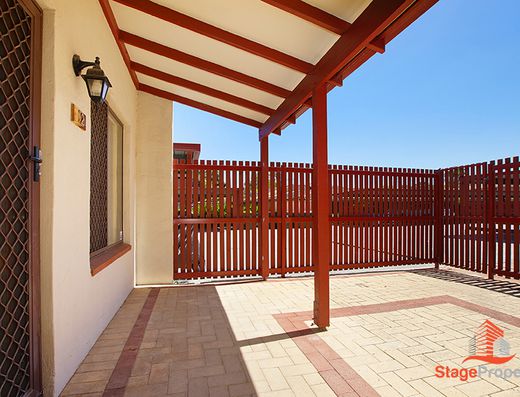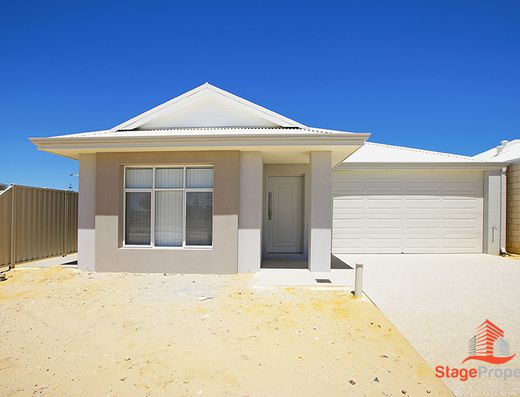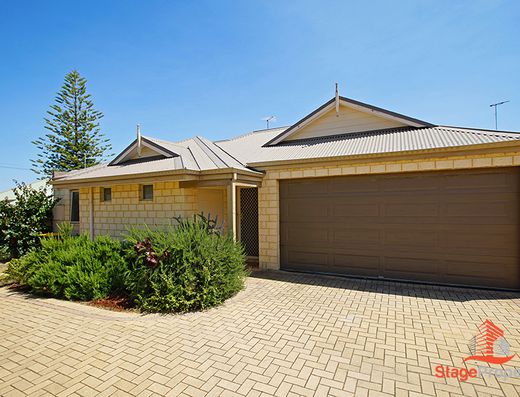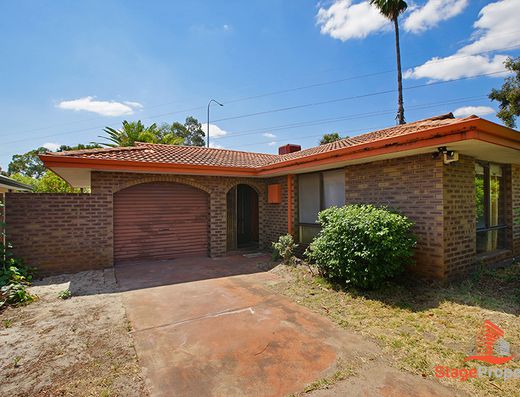What's the best property type for your first home?
What's the best property type for your first home?
When it comes to purchasing your first home, the options in today's real estate market are diverse and exciting. Gone are the days when the classic detached house in a new suburban neighborhood was the only choice for first-time buyers. Now, you have a range of property types to consider, each with its own advantages and drawbacks. Let's explore these options to help you determine which one suits you best.
1. Large Detached House on an Outer Suburban Block:
Potential Upsides: This traditional Australian dream home offers a lot of space and value for your money, often featuring three or four bedrooms, multiple bathrooms, and dual garages.
Potential Downsides: You may face a longer commute to city jobs, limited access to public transport and local amenities, and potentially slower capital value growth.
2. Small Home on a Subdivided Lot:
Potential Upsides: If you're willing to trade size for a location closer to the city center, a duplex or terrace in a row might be a great choice. You'll enjoy a more convenient commute and an affordable entry point into middle-ring suburbs.
Potential Downsides: Sharing a wall with neighbors could lead to noise issues, and you might outgrow your first home quickly if your family size increases.
3. Townhouse or Villa Unit:
Potential Upsides: These properties offer modern interiors and amenities such as gyms, pools, and tennis courts. They are relatively affordable for first-time buyers.
Potential Downsides: You'll be in close proximity to many neighbors, which may impact your privacy and quiet. You'll also have ongoing body corporate fees and potentially slower long-term capital value growth.
4. Apartment in a Small Block:
Potential Upsides: Living near the city's action is a priority for some. A small block apartment within 10km of the CBD offers easy access to amenities, public transport, and potential for capital growth.
Potential Downsides: While you won't have garden maintenance costs, you'll still need to pay body corporate fees. Additionally, if the building needs repairs, you'll share the cost via special levies, and this option may not be suitable if you plan to have children or pets.
5. Apartment in a High-Rise Block:
Potential Upsides: If you enjoy urban living, a modern apartment in a skyscraper may be perfect. Buying off the plan could lead to stamp duty savings, and you'll have access to various amenities.
Potential Downsides: High-rise buildings often have a lot of available units, which can affect value growth. Moreover, weekly body corporate fees can strain your finances, and this option may not suit those with a fear of heights or a love for gardening.
In conclusion, the best property type for your first home largely depends on your priorities, lifestyle, and financial situation. Consider your commute preferences, space requirements, and budget carefully. Each property type has its own set of advantages and disadvantages, so take the time to assess which aligns best with your goals and needs as a first-time homebuyer.









